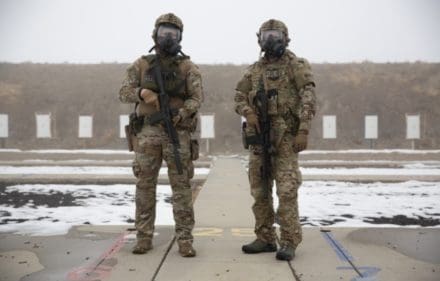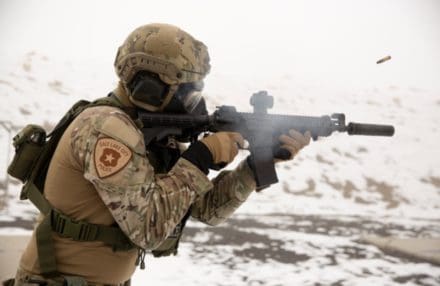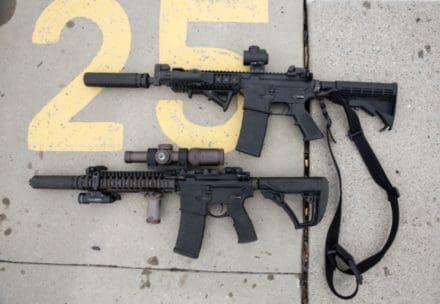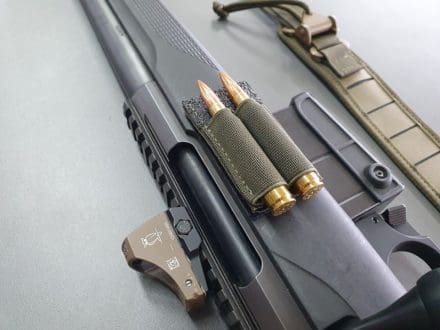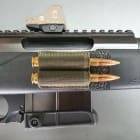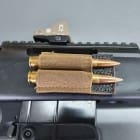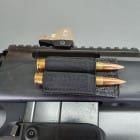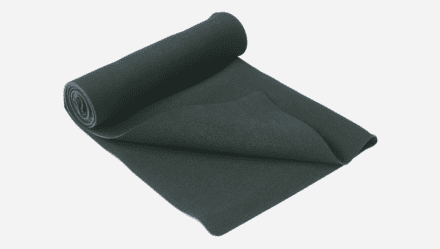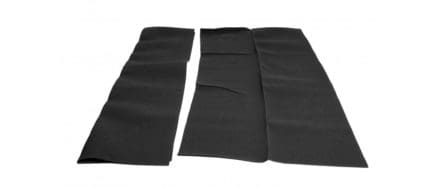Canadian marine company turns from survival suits to isolation gowns for health professionals.
Burnaby, BC – Mustang Survival®, the Canadian brand known for innovative solutions for the most demanding marine environments, has been saving the lives of water professionals for over 50 years. And now, they’re turning their attention to saving lives on land.
As a design, engineering and manufacturer of life vests, survival suits and dry suits for both Military, public safety professionals and marine recreational users, in light of the global pandemic Mustang Survival is shifting their focus inland – to PPE gowns for front line healthcare workers.
At 11:00am today, April 1, the Mustang Survival factory in Burnaby, BC officially went into production of the first 500 Isolation Gowns; a level 3 certified (PPE), fully waterproof gown designed and engineered to bring new levels of safety to frontline healthcare workers.
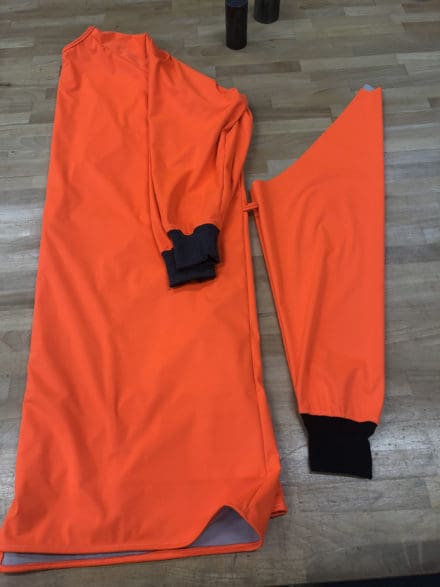
Collaborating alongside innovative and cutting edge BC manufacturers and apparel companies—Boardroom Clothing and KenDor Textiles—over the last two weeks, Mustang rallied together with the local health care sector to design and engineer a gown that solves for gaps in PPE supply chains, and offers additional protection to individuals tirelessly fighting the COVID-19 pandemic.
“With increased demand for PPE, there was a need to get ahead of the problem and look to local sources to solve it“, says Mark Anderson, Chair of the BC Apparel & Gear Association and Director of Engineering at Burnaby-based Mustang Survival; who, through years of experience in outfitting frontline defenders and public safety teams, is in a unique position to help.

“Our 50 year history of developing innovative solutions for both Military and public safety professionals combined with the unique advantage of being part of a cutting edge design community here in Vancouver provides us with the ability to adjust and pivot our focus on developing a solution”, said Anderson.
Diving into prototyping to rapid testing, Mustang Survival flipped their innovation lab—the Waterlife Studio—in Burnaby, BC into a rapid-response facility dedicated to finding a solution for this public safety crisis. Backed with the support of local health care officials to reach safety-certified status, what’s resulted is a gown not only offering a local solution to depleting supply chains, but an increased level of safety for the workers themselves.
Taking the local initiative global, once the plans are approved Mustang Survival will share the technical specifications for level 3 and level 2 medical gowns so manufacturers all over the world can rally their own communities, and unite suppliers with sewers and seam sealers to bring these gowns to their local healthcare teams.

The technical packages will be shared through the BCAG website, and will include the pattern, technical details and a list of certified materials approved for level 2 & level 3 gowns.
The goal? To share the information so other individuals and groups eliminate time spent on ideas that can’t be certified and focus on producing gowns that offer assured safety – making sure that frontline health workers feel confident that they are safe while supporting patients.
For Mustang Survival, the pilot run of the first 500 Isolation Gowns is just the beginning.
If all goes well in this first run, they will convert their local factory to be dedicated to gown construction. With other local sewing houses and other manufacturers re-opening to support the project, Mustang Survival is confident the collective capacity to produce these gowns can make a significant contribution to those putting their lives at risk every day to fight the virus.
For more information, please visit www.mustangsurvival.com.



